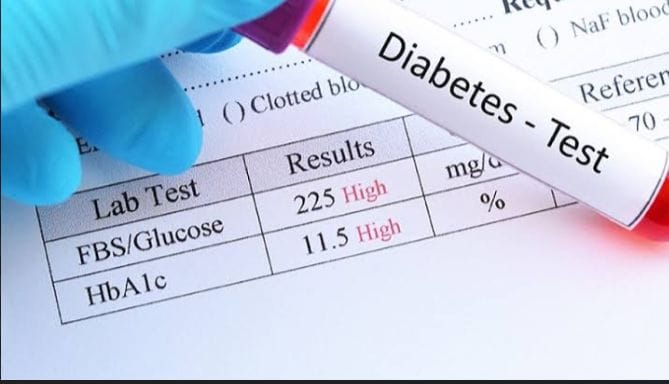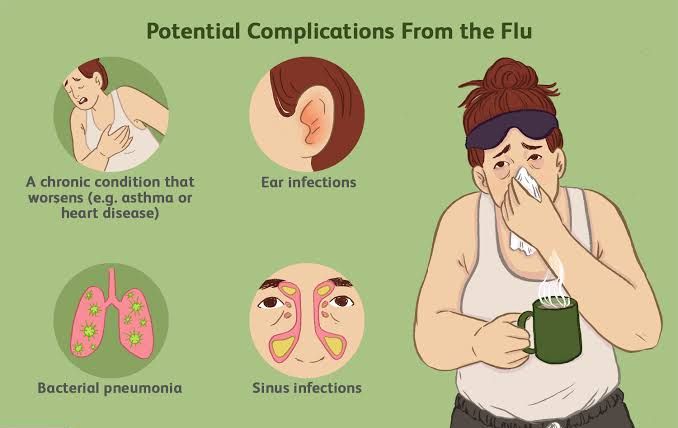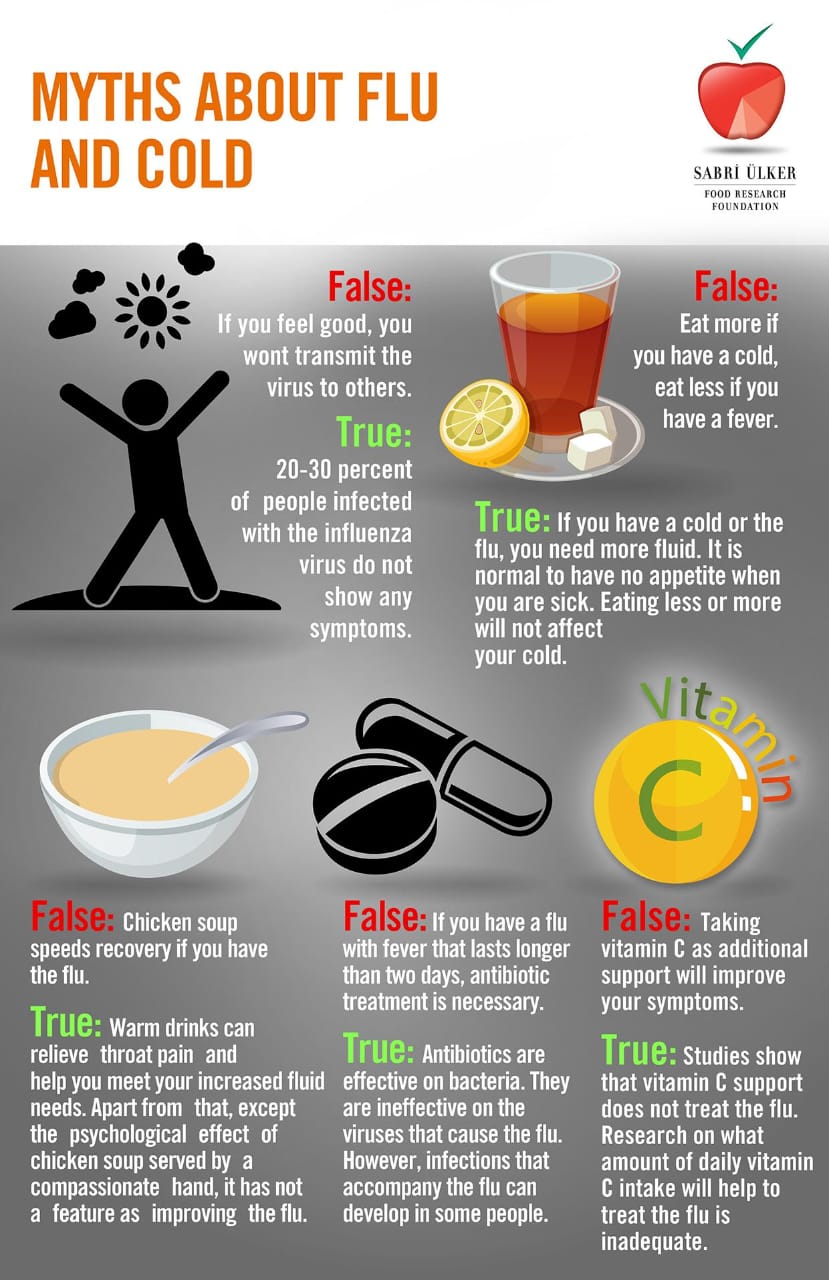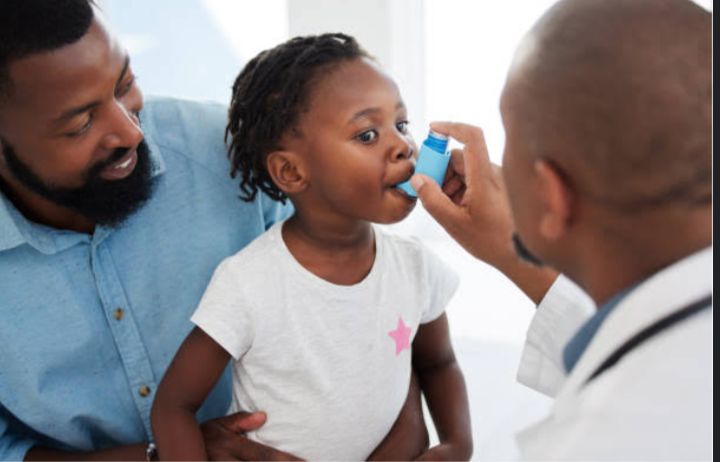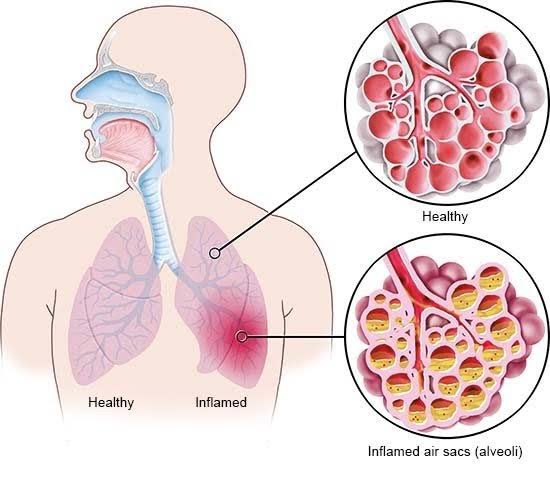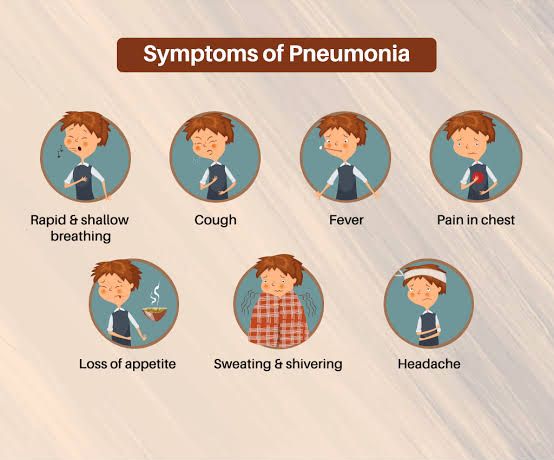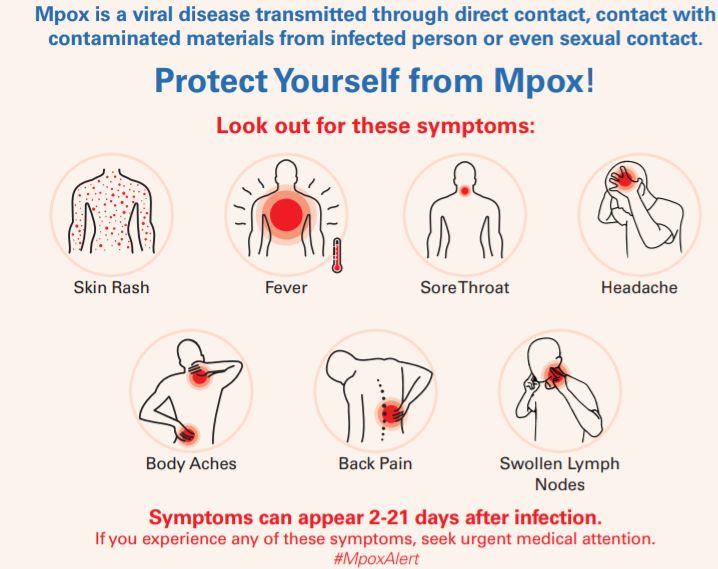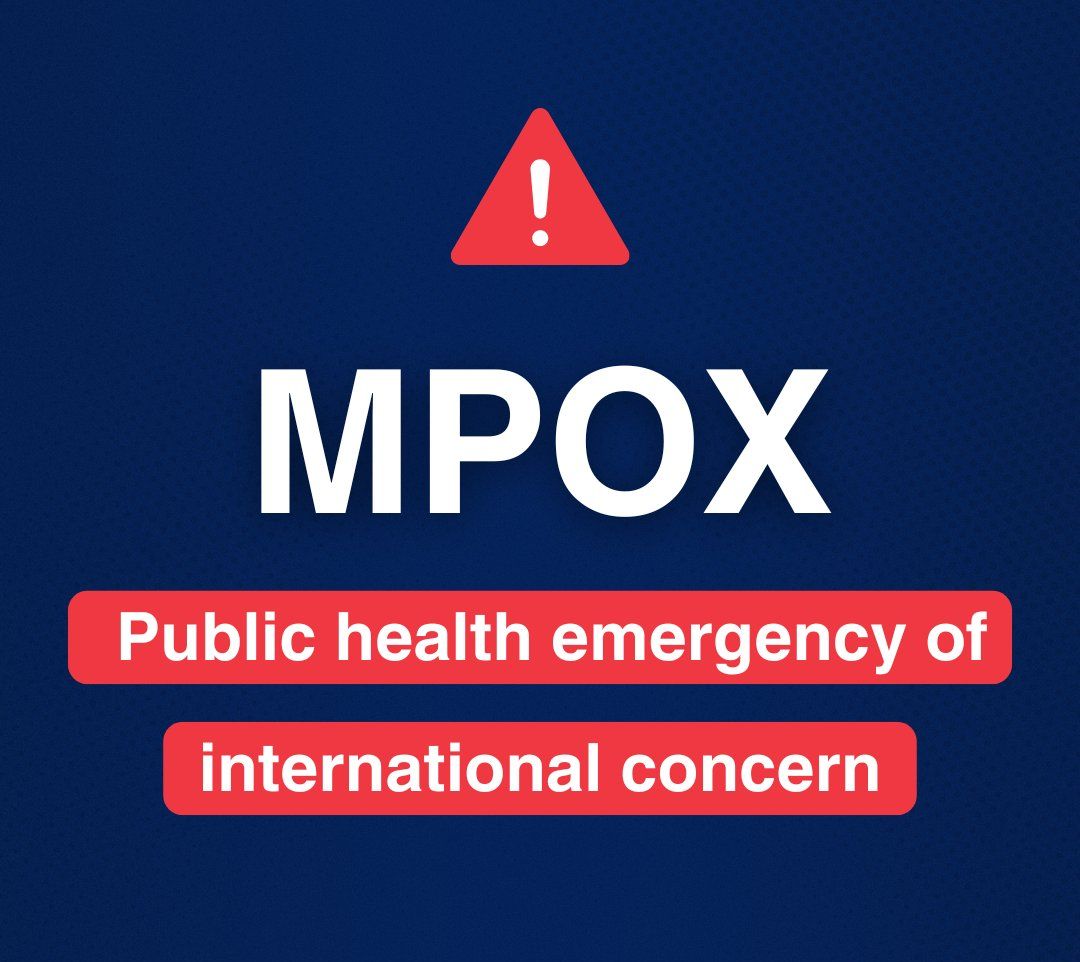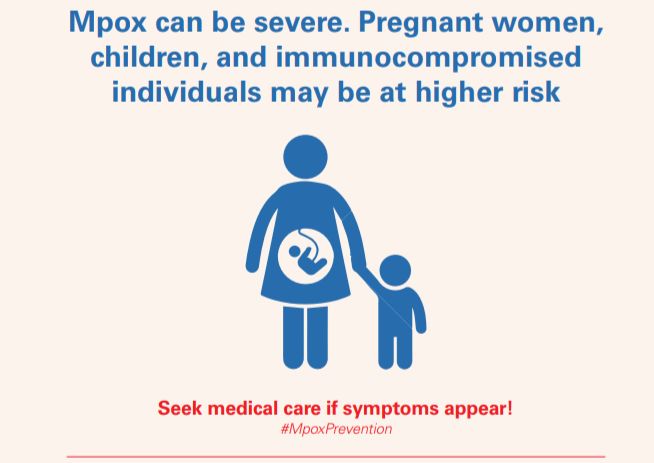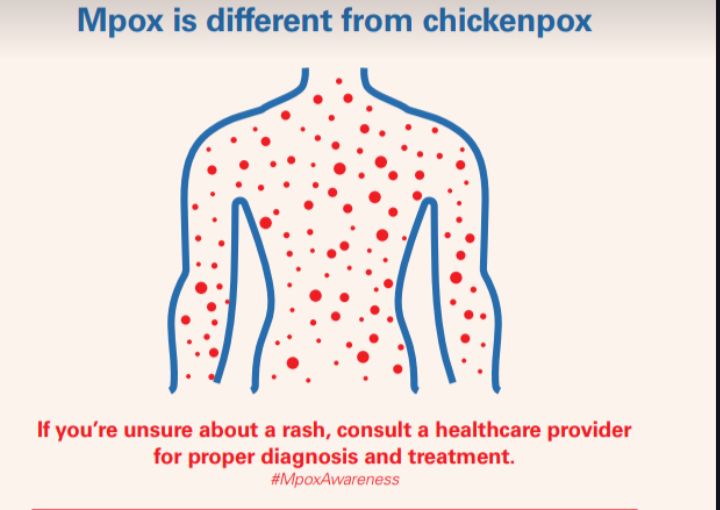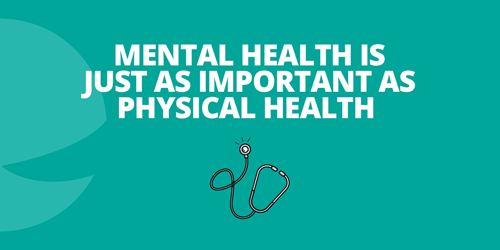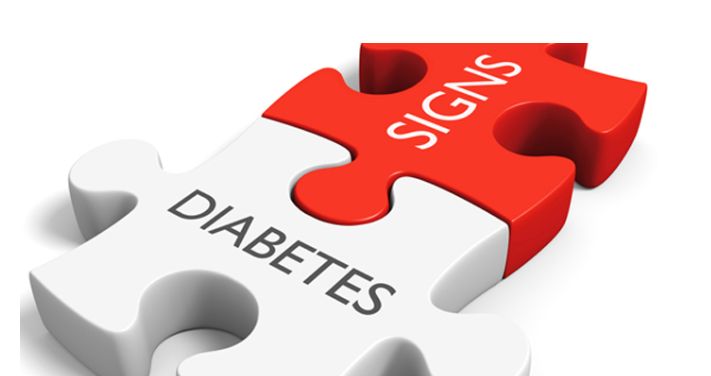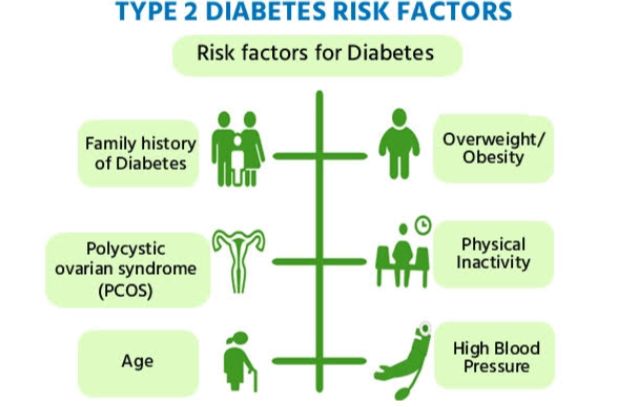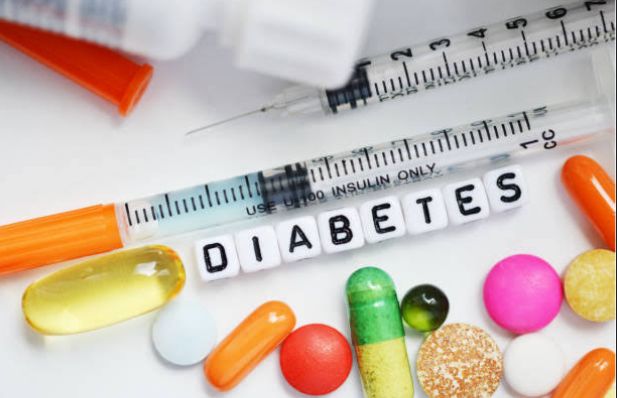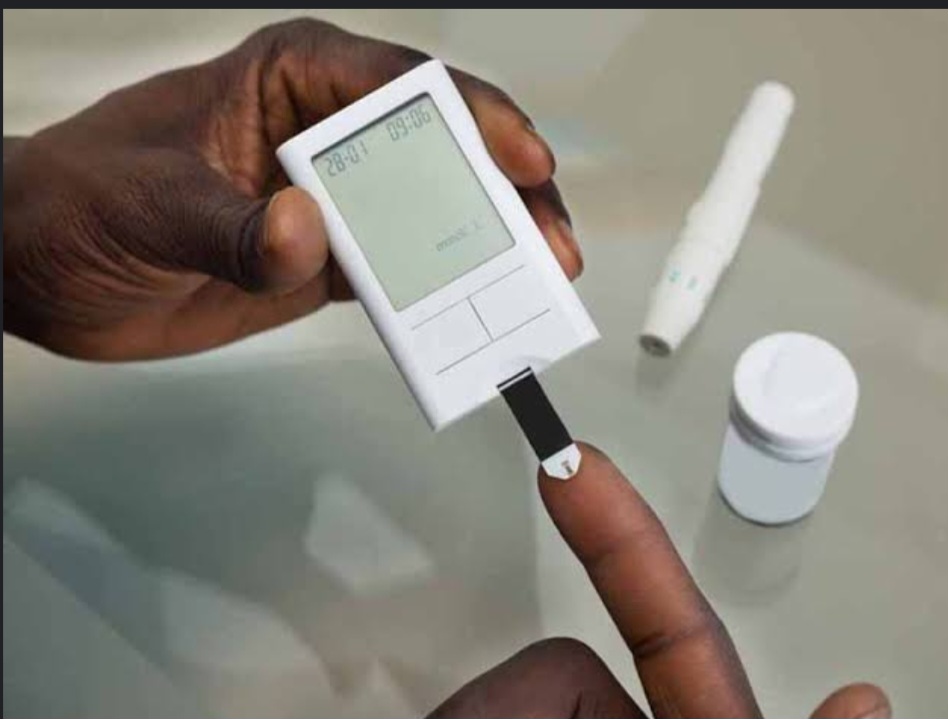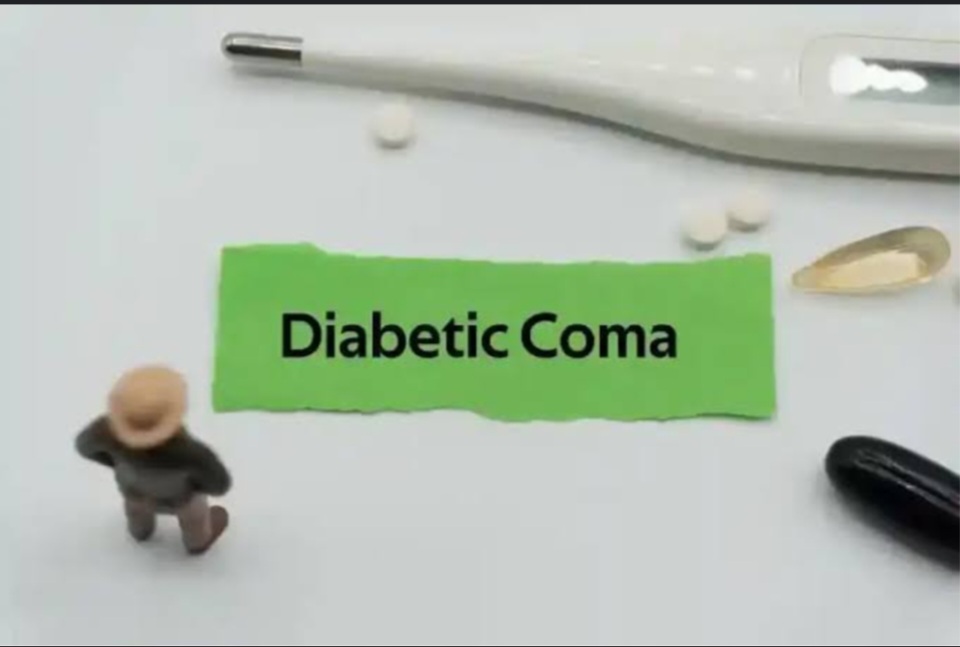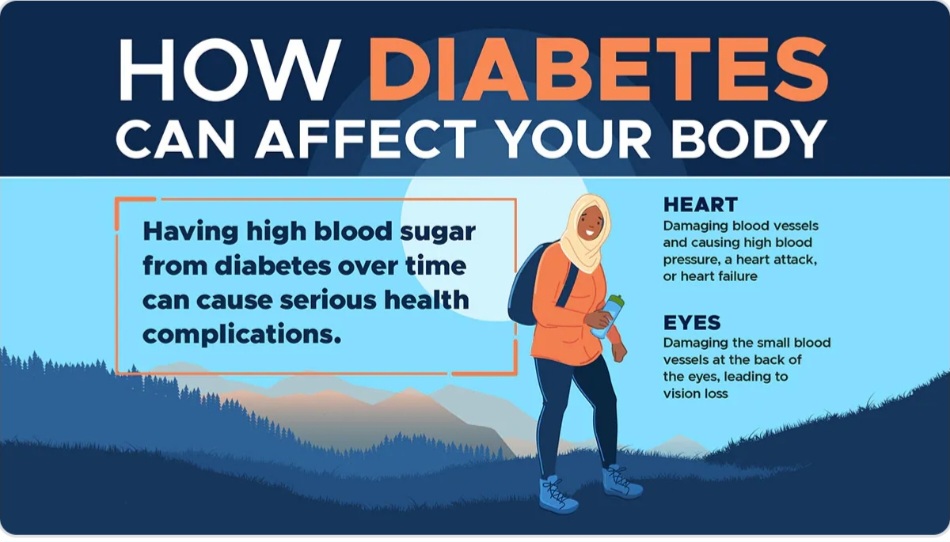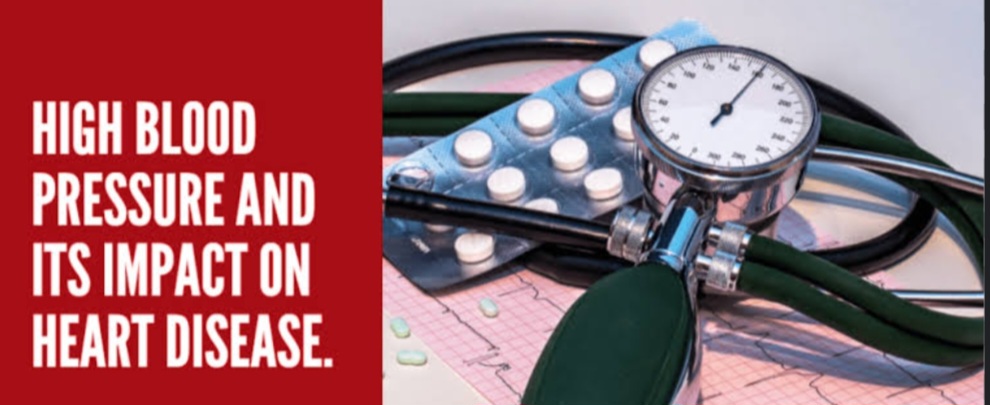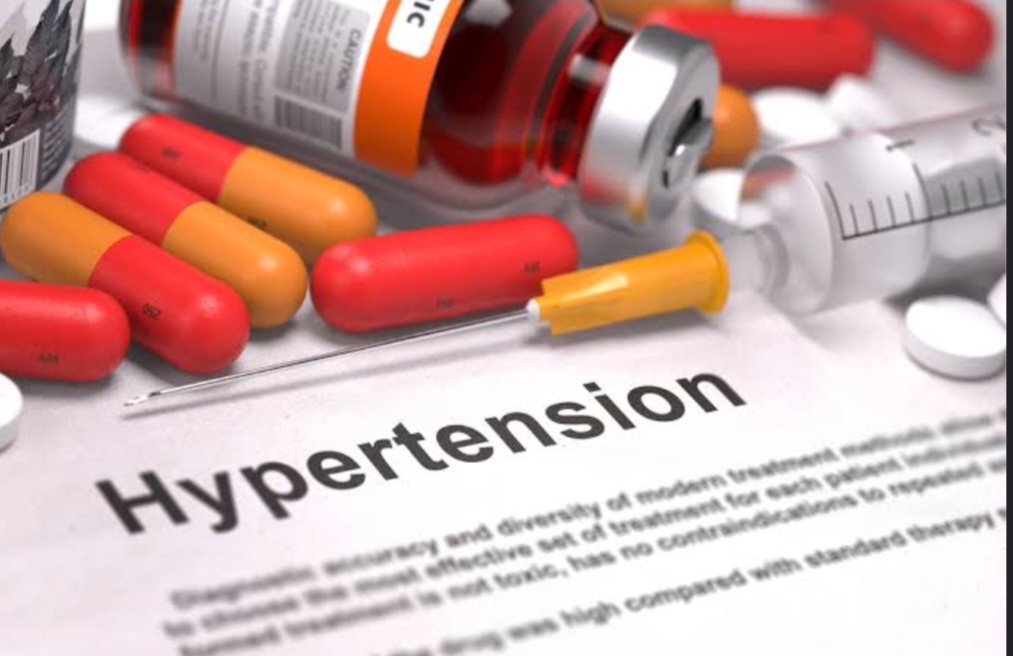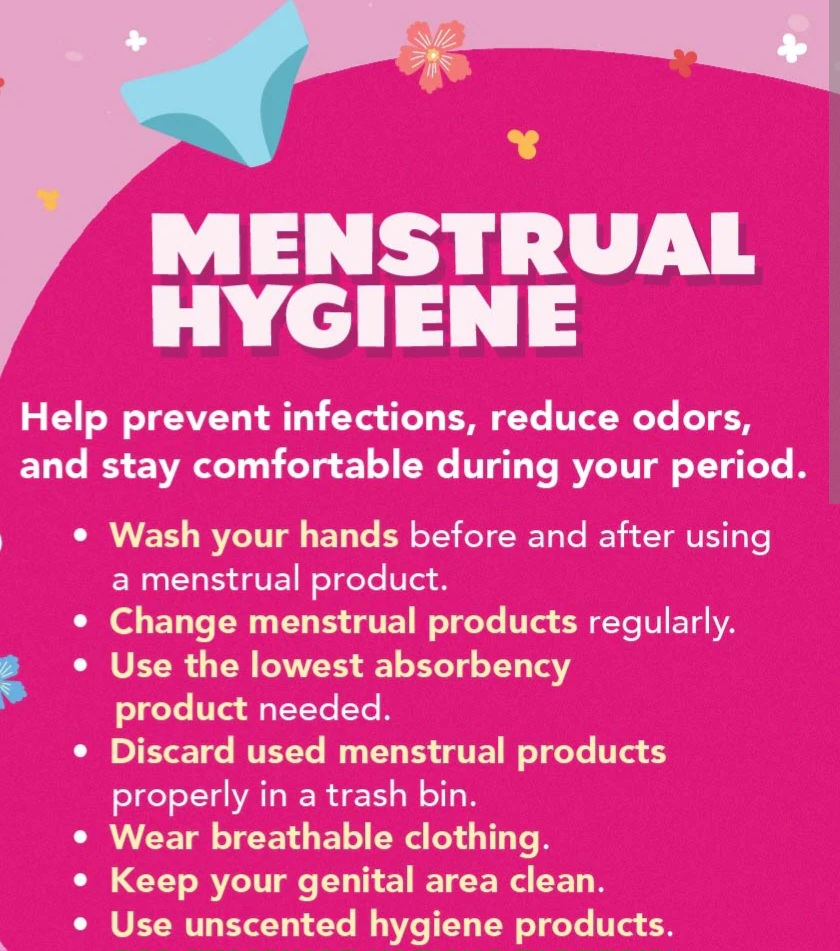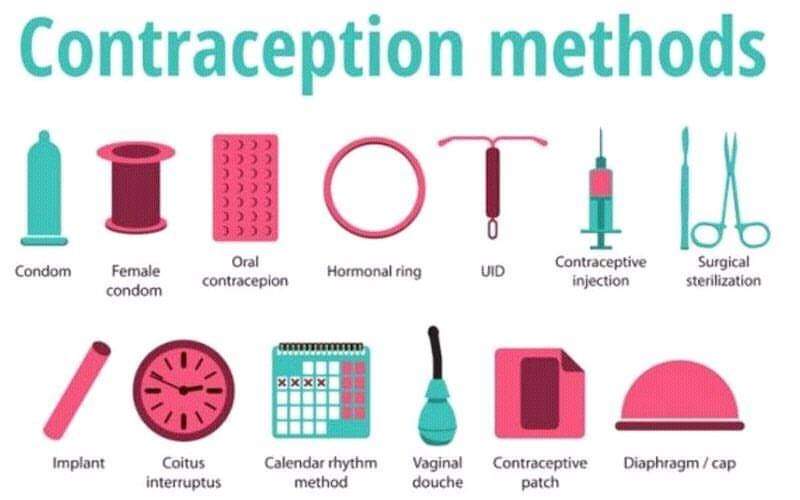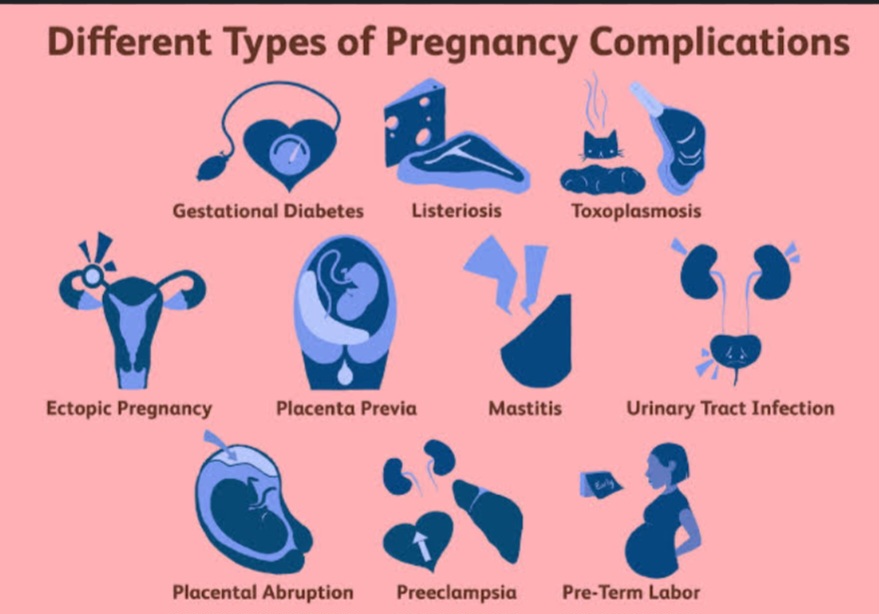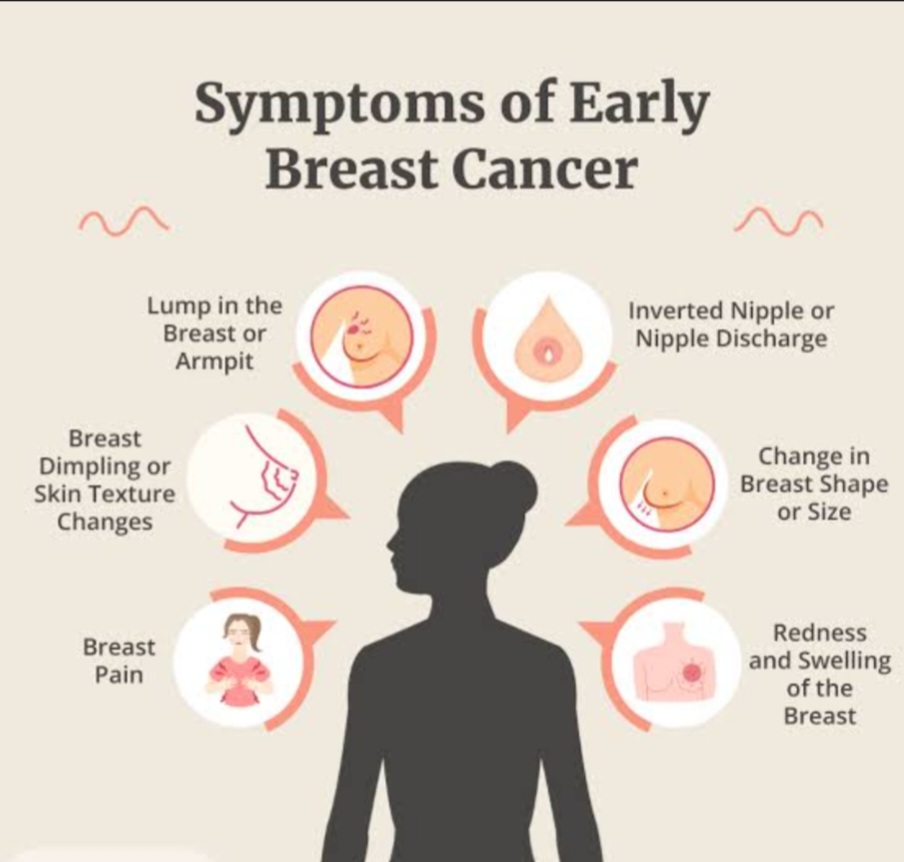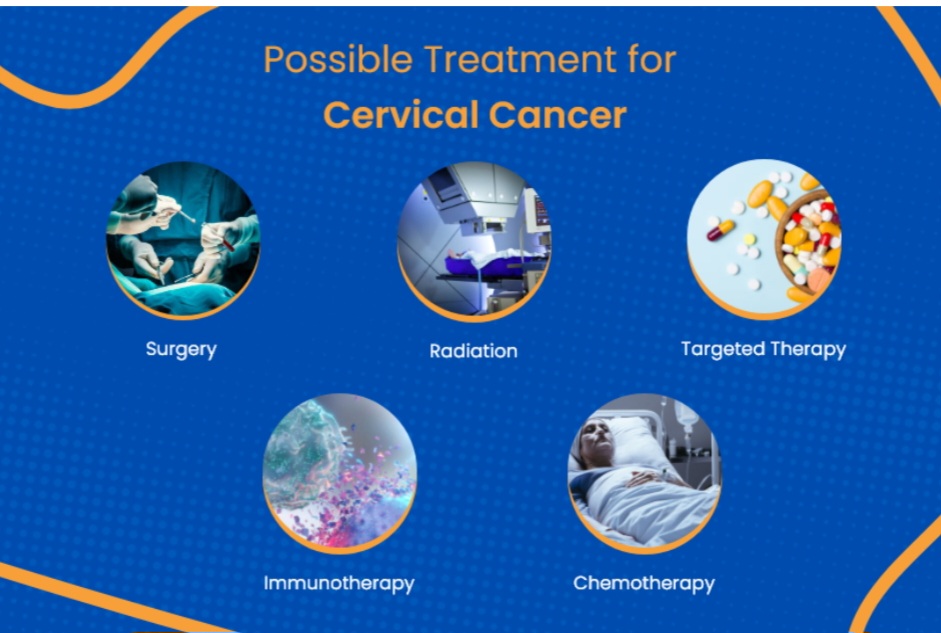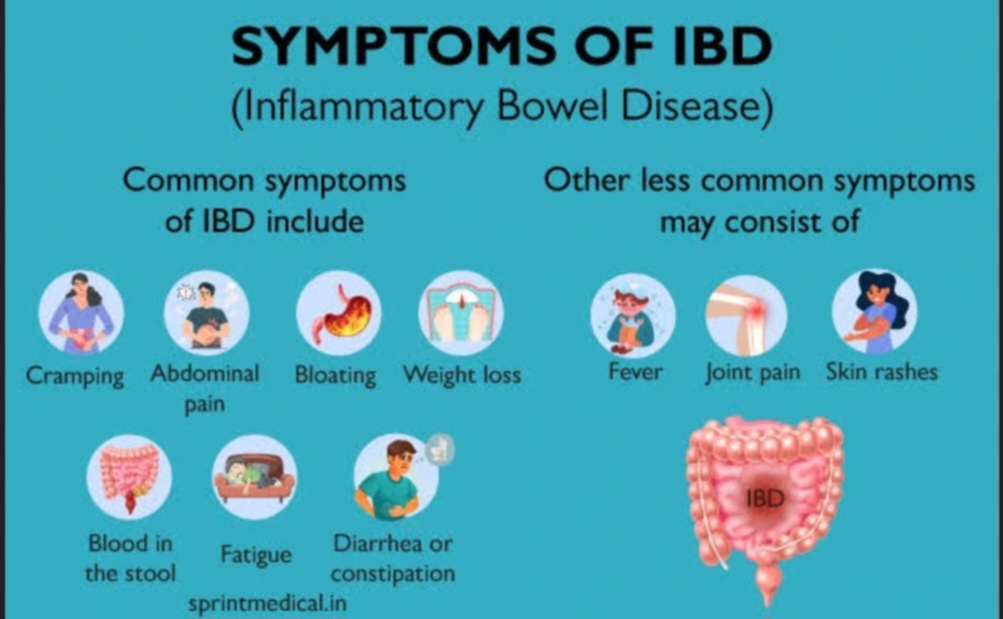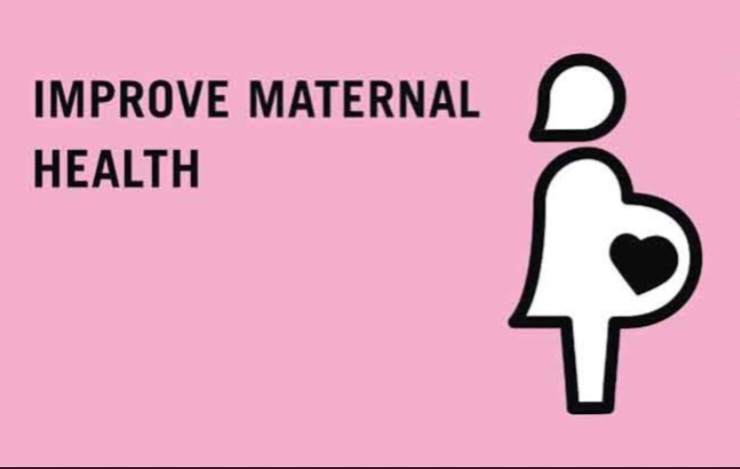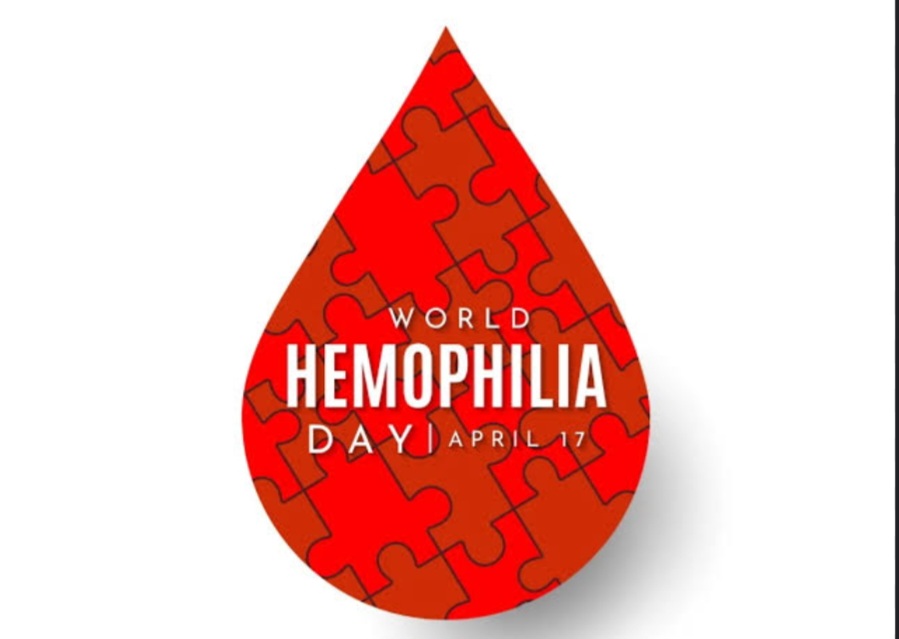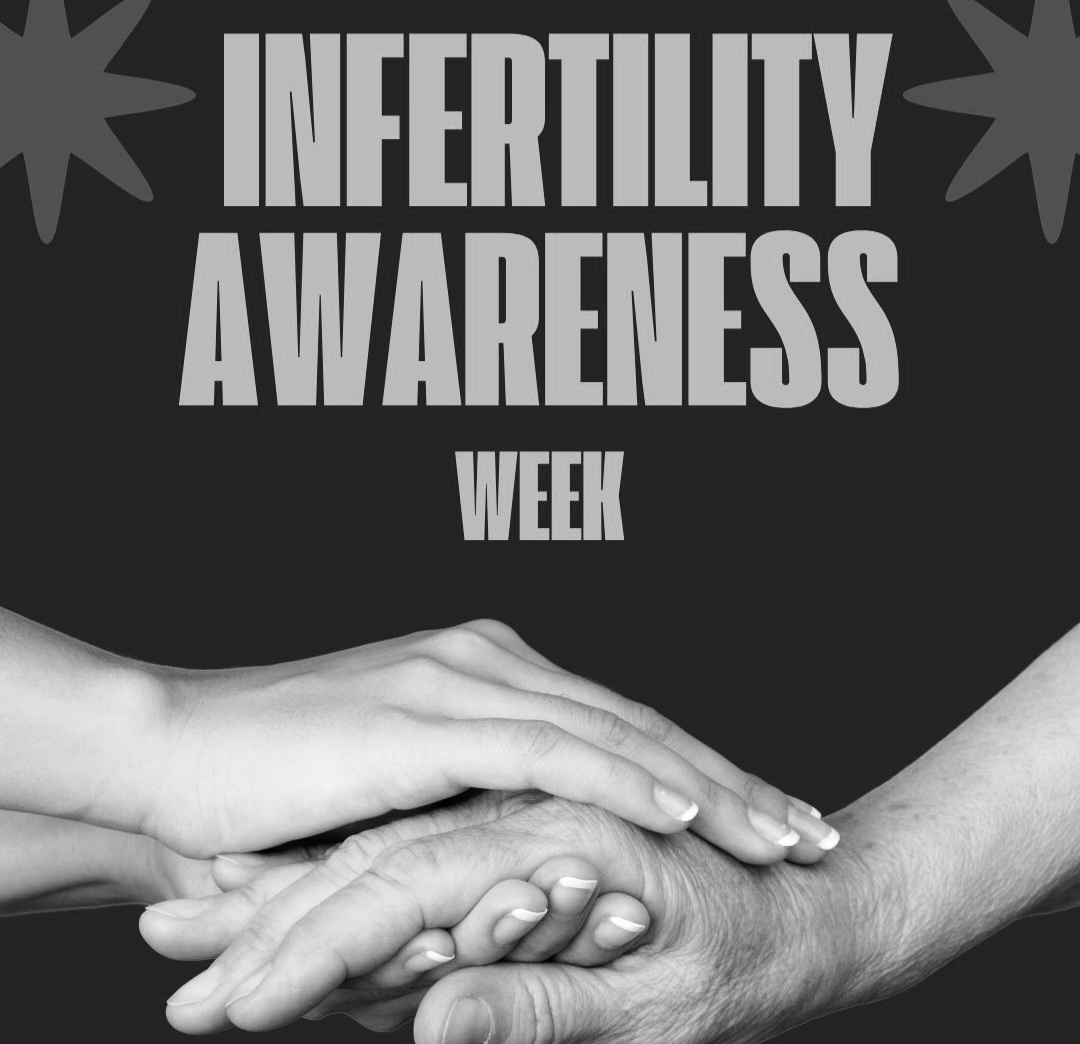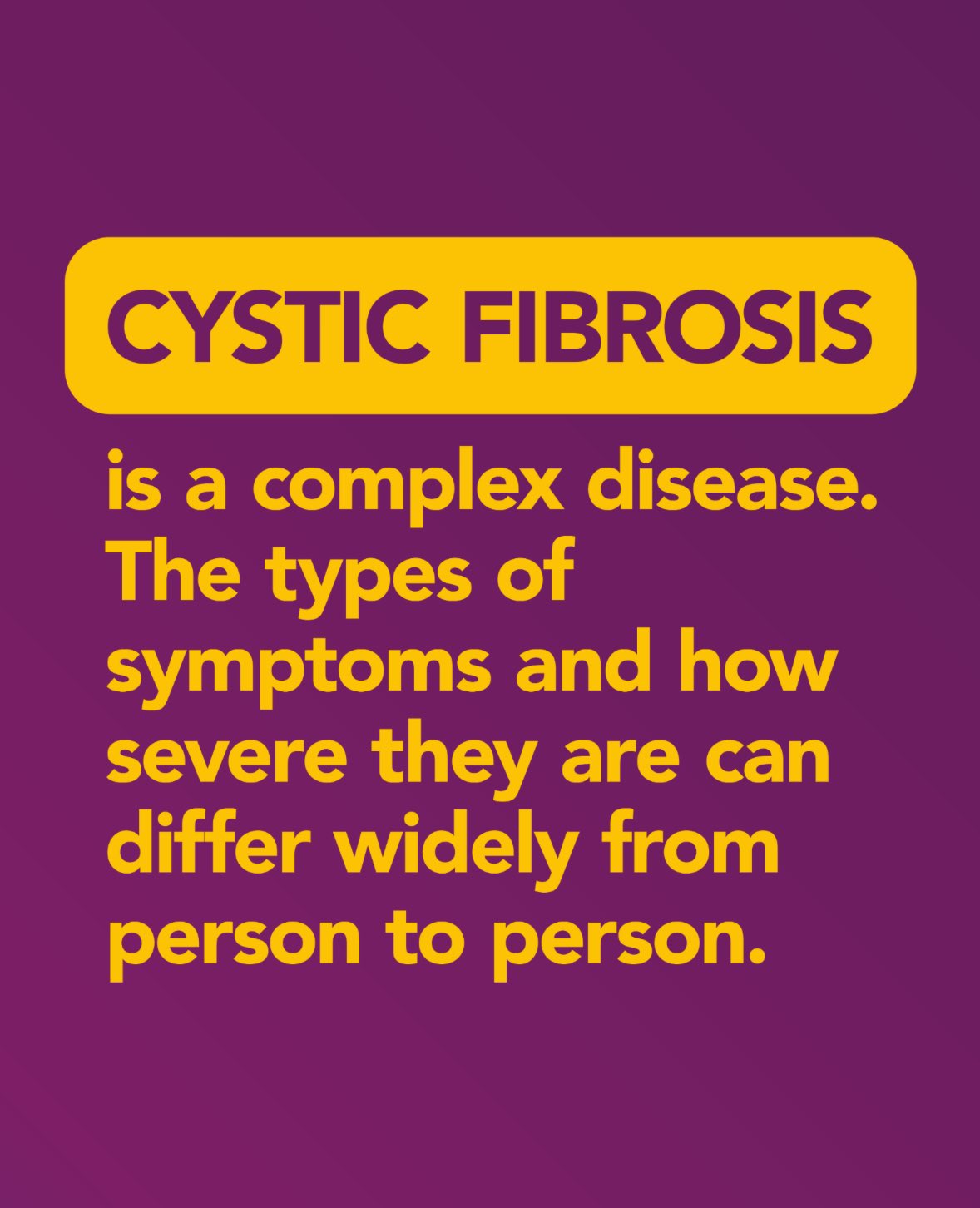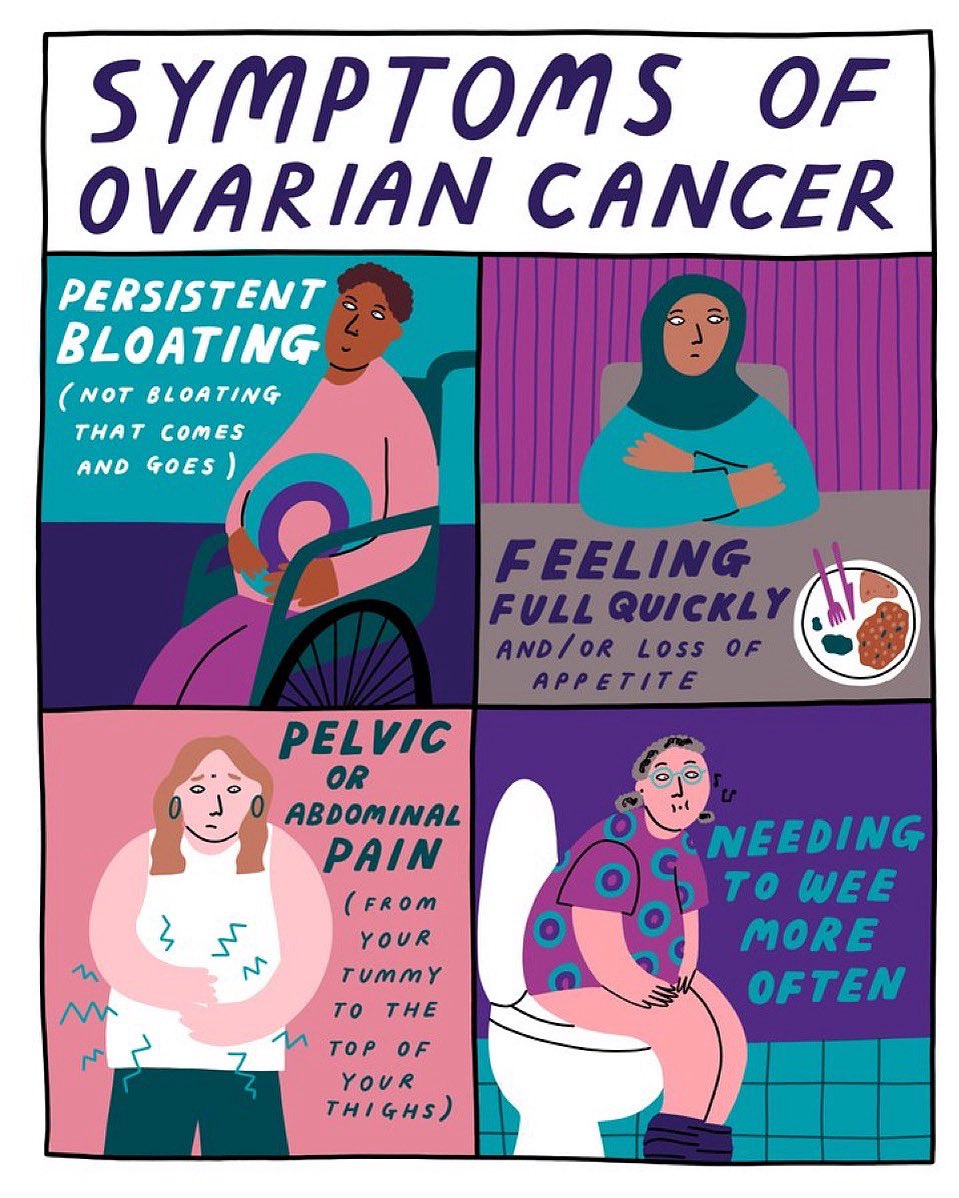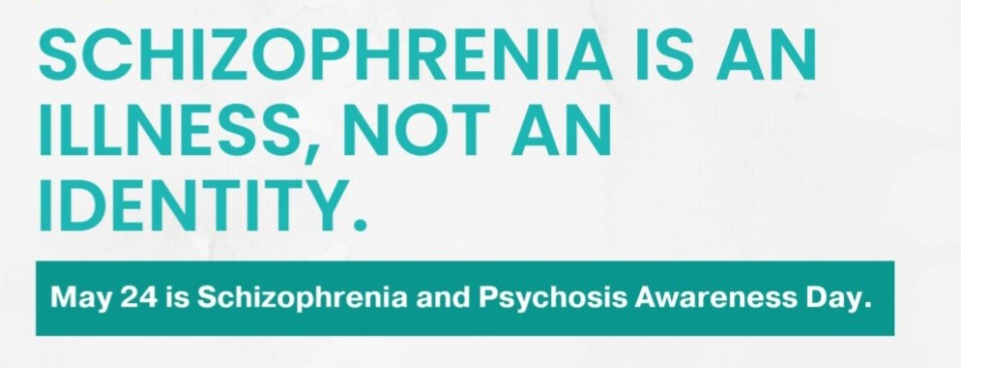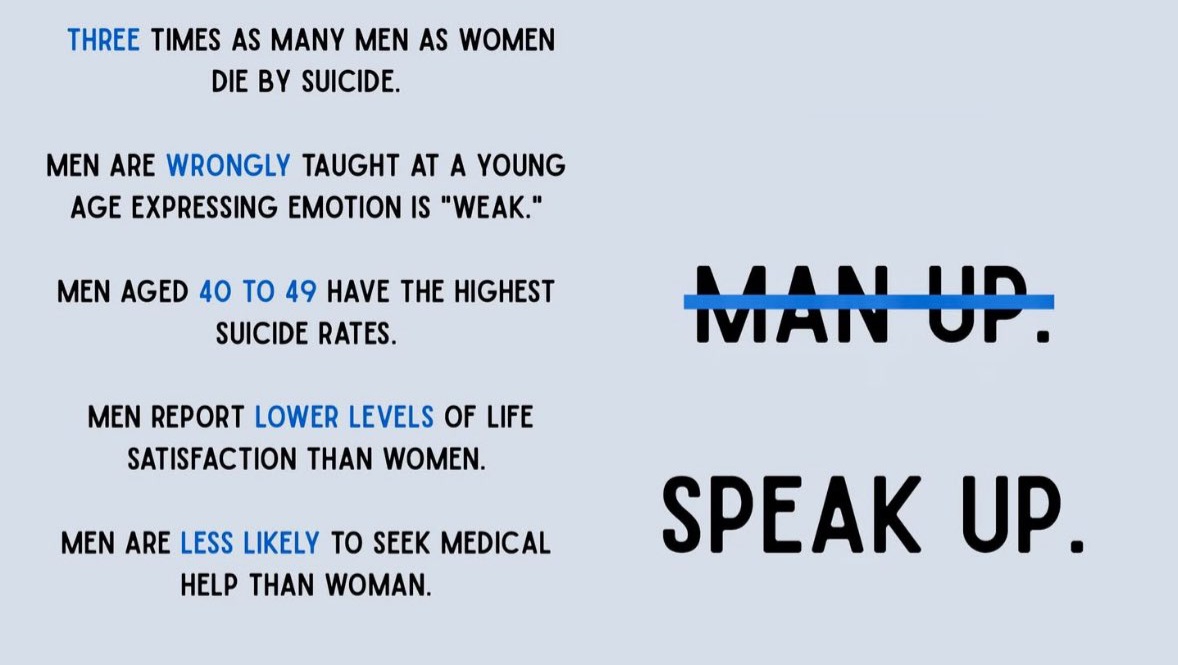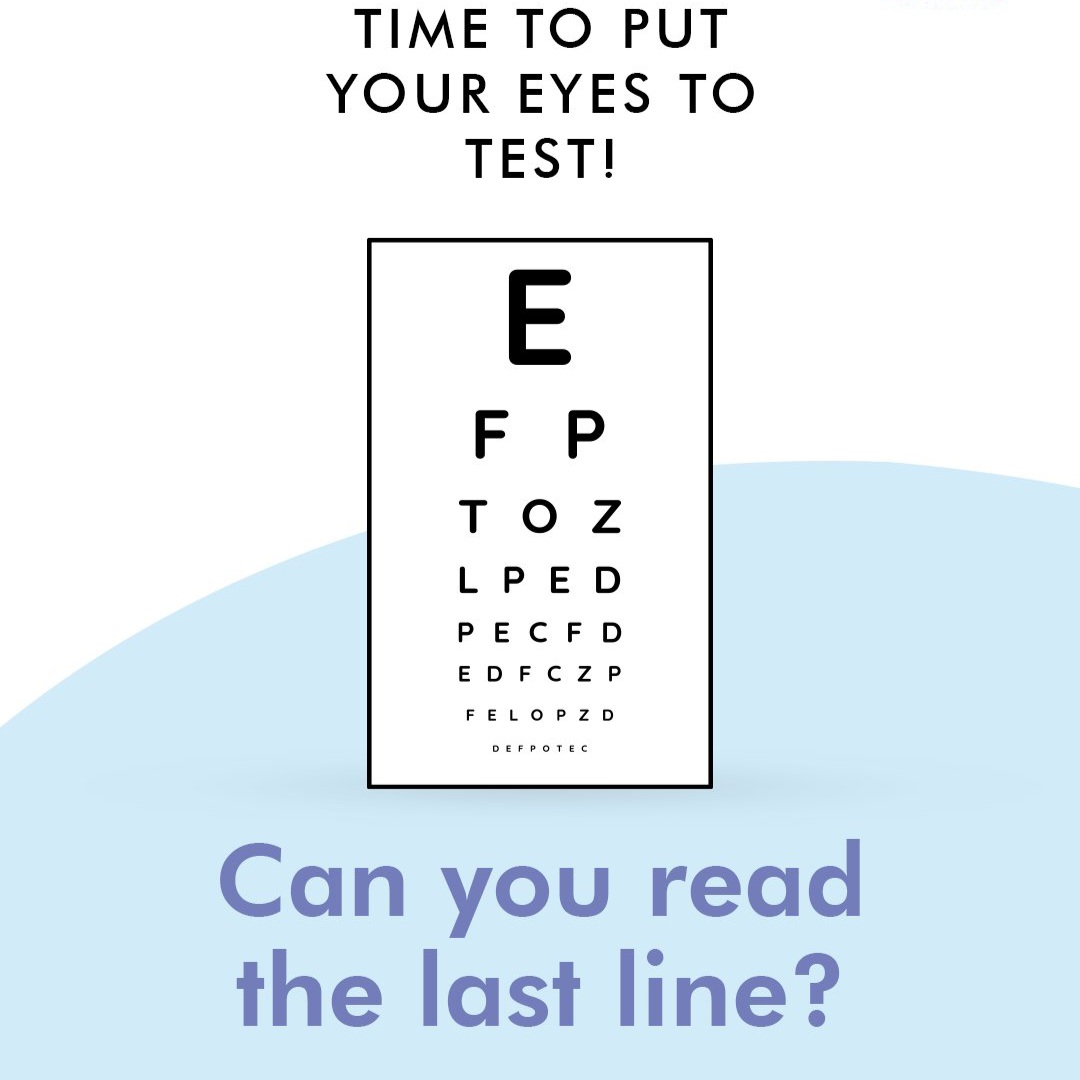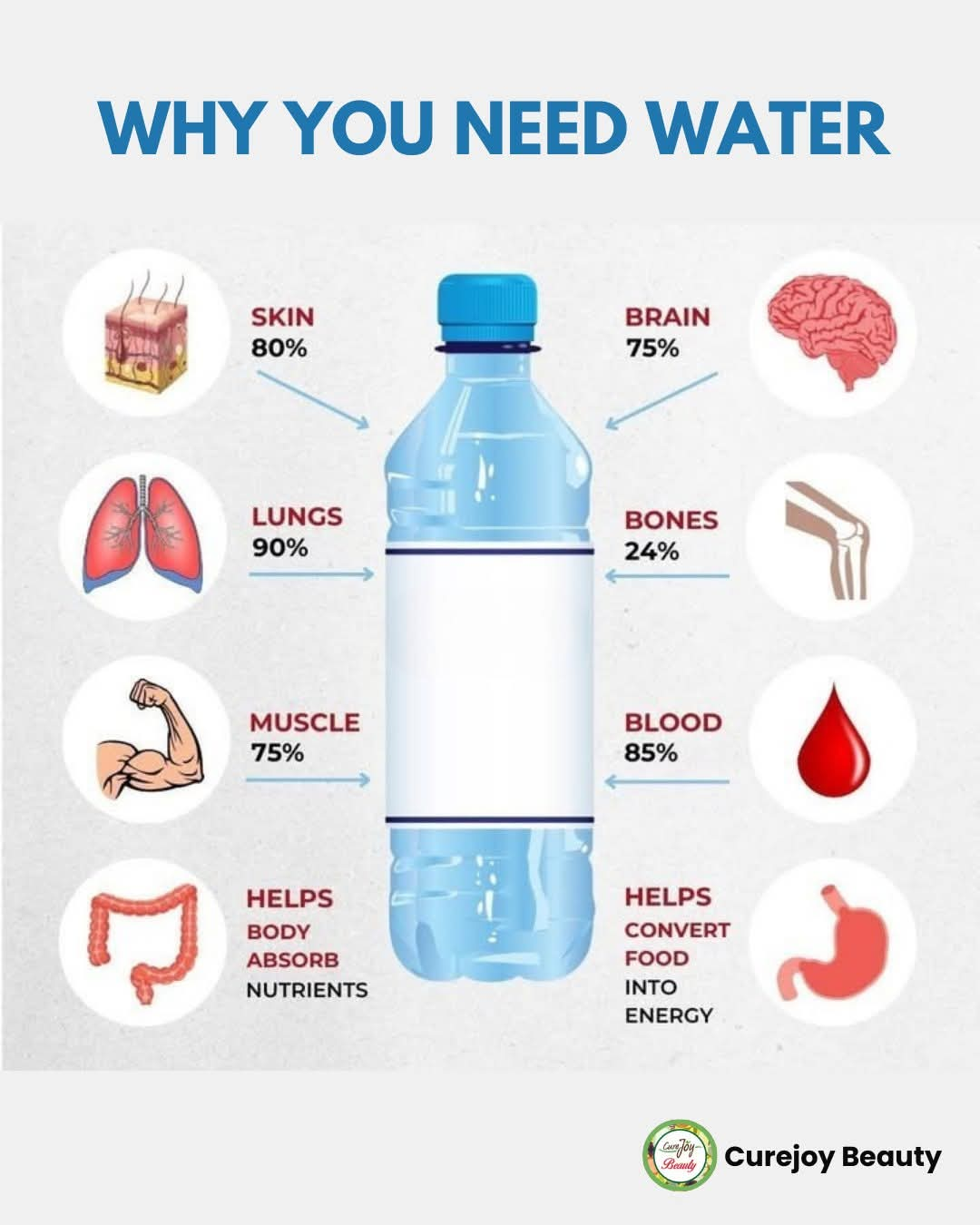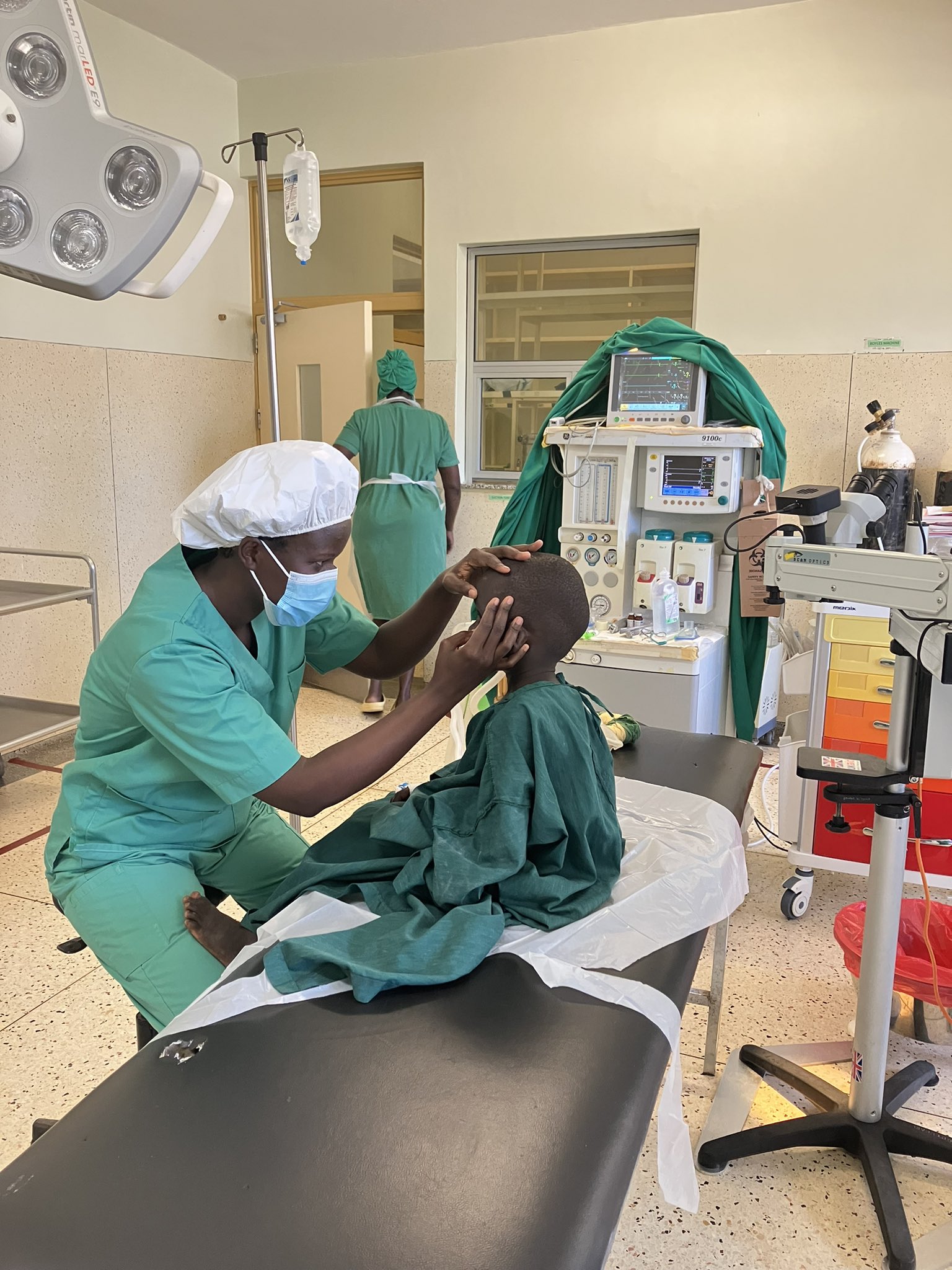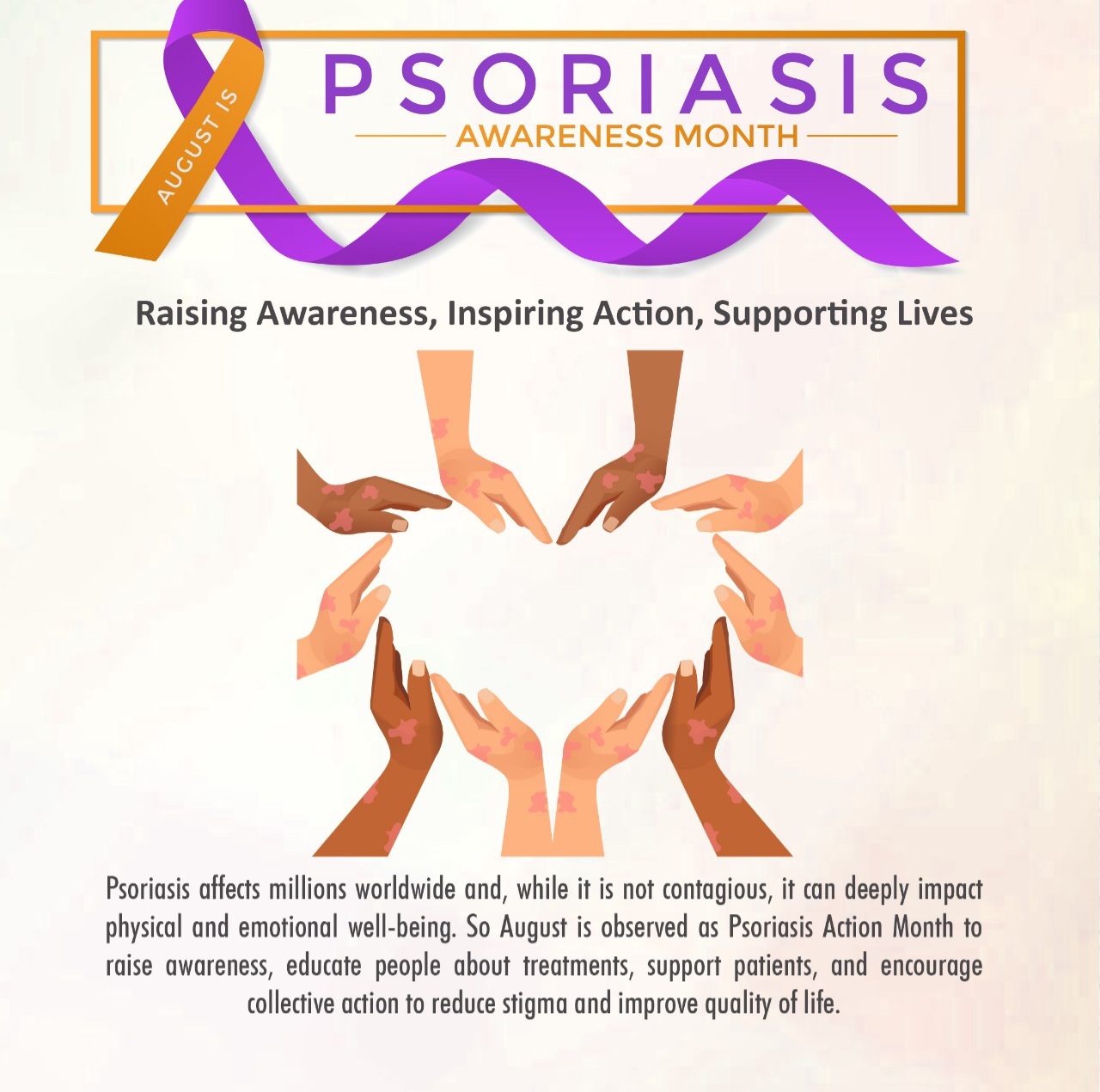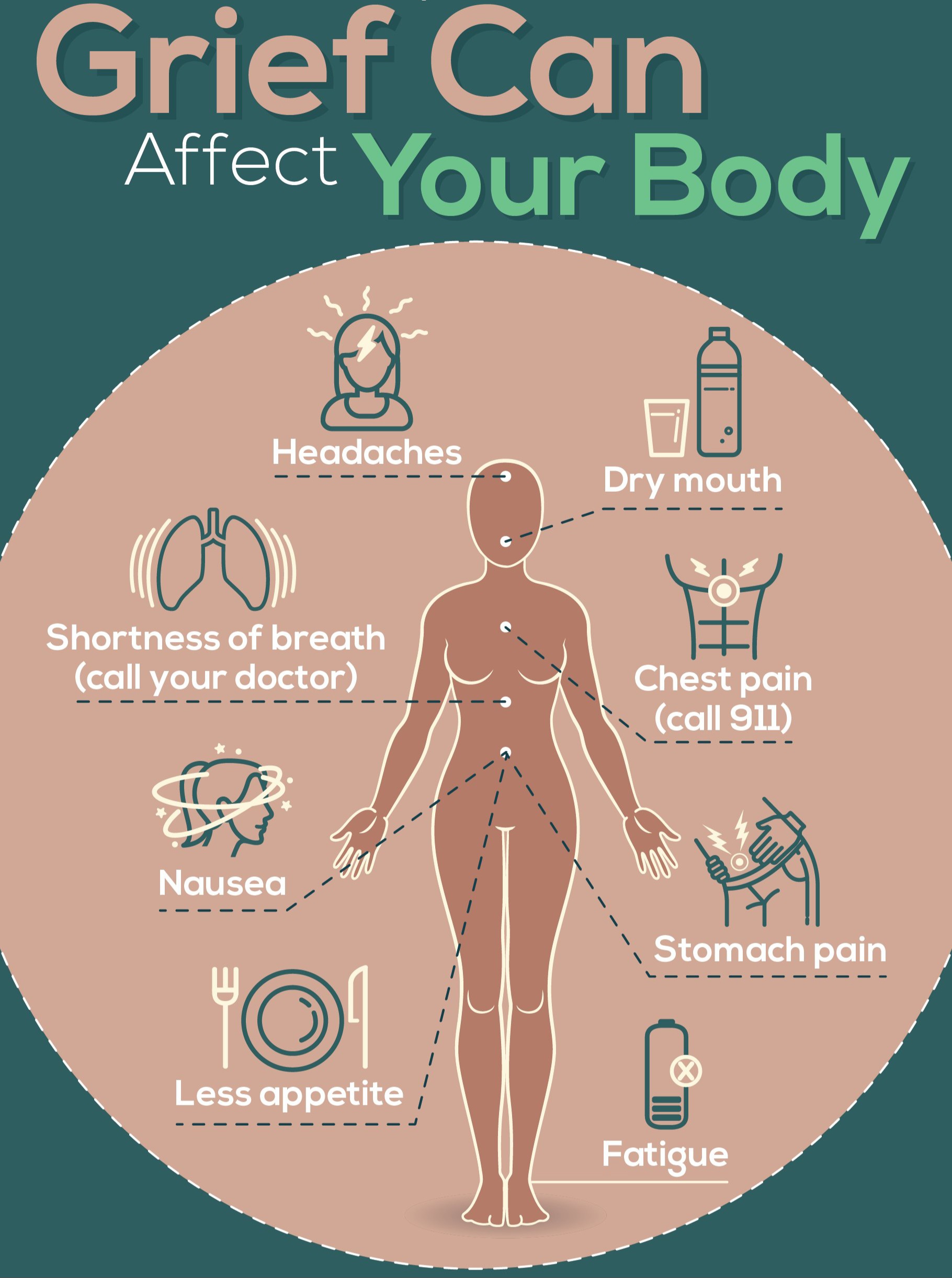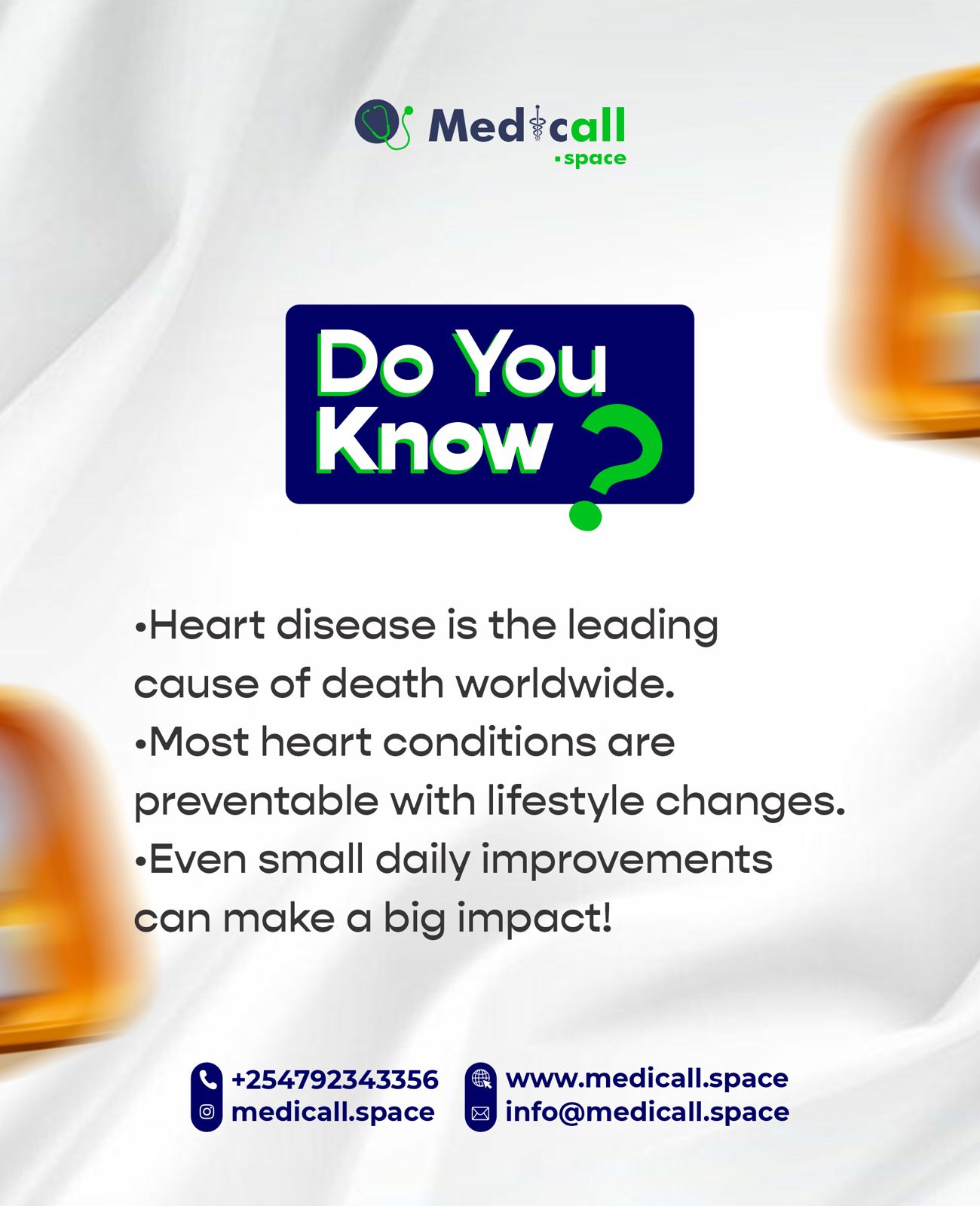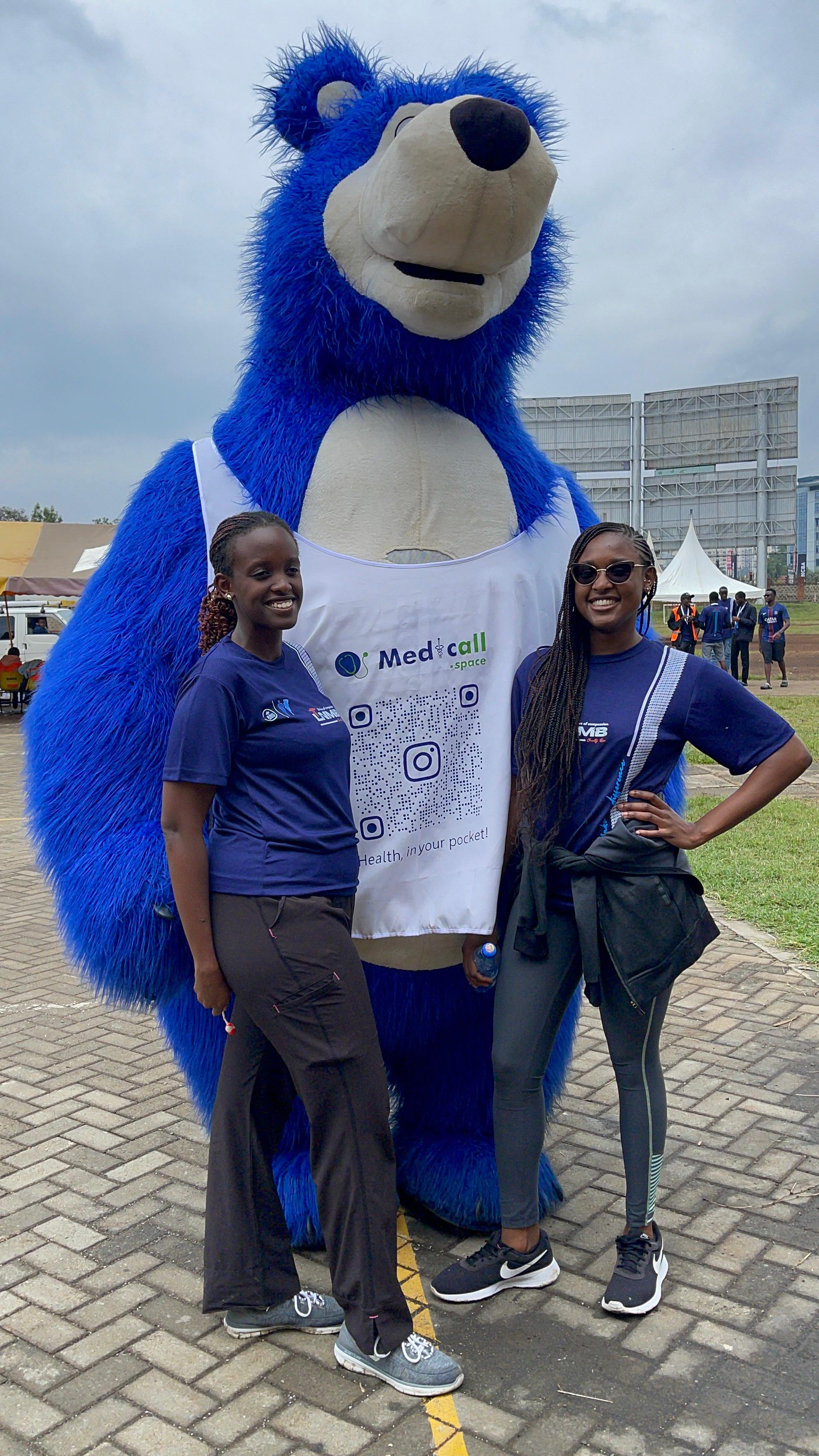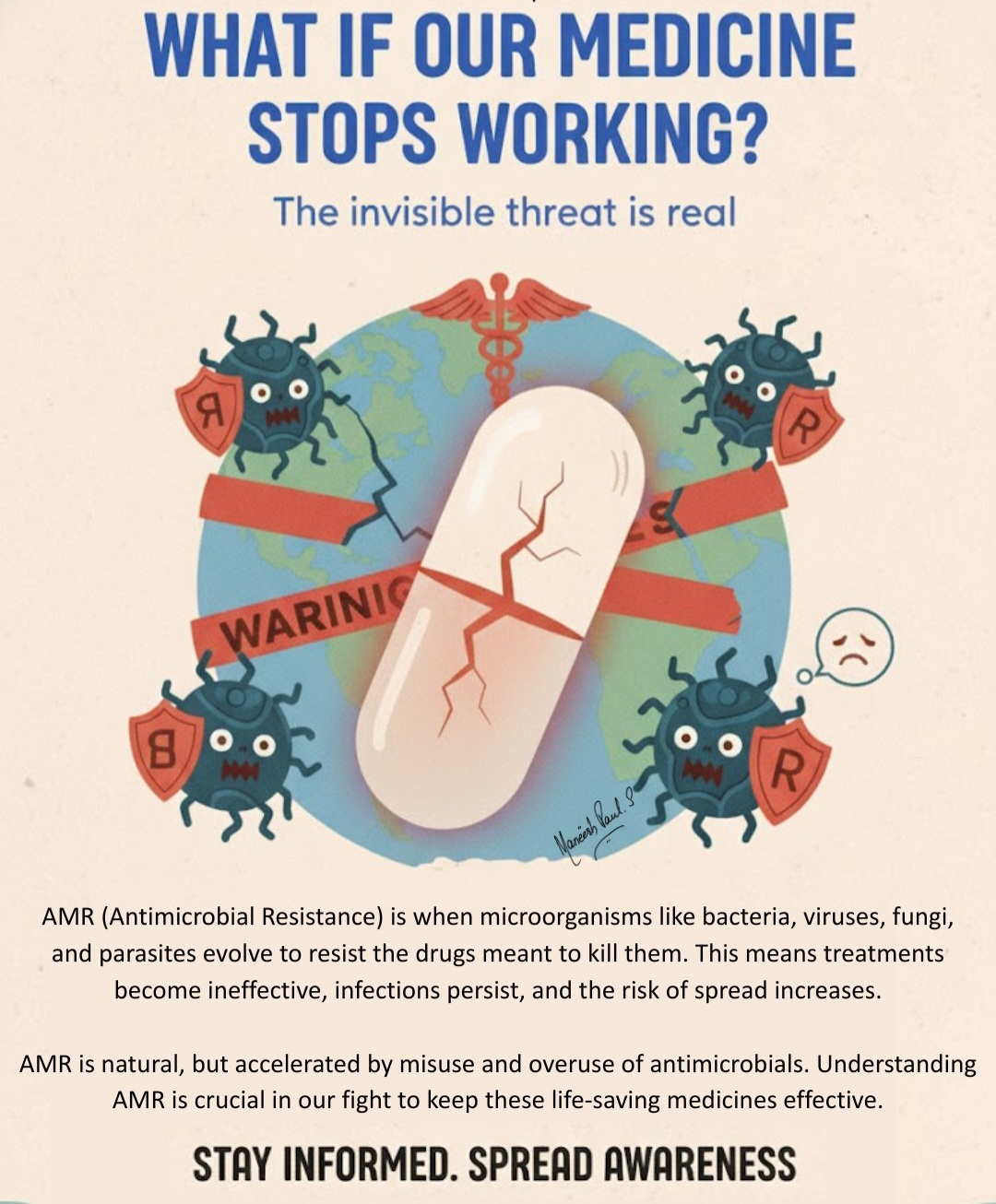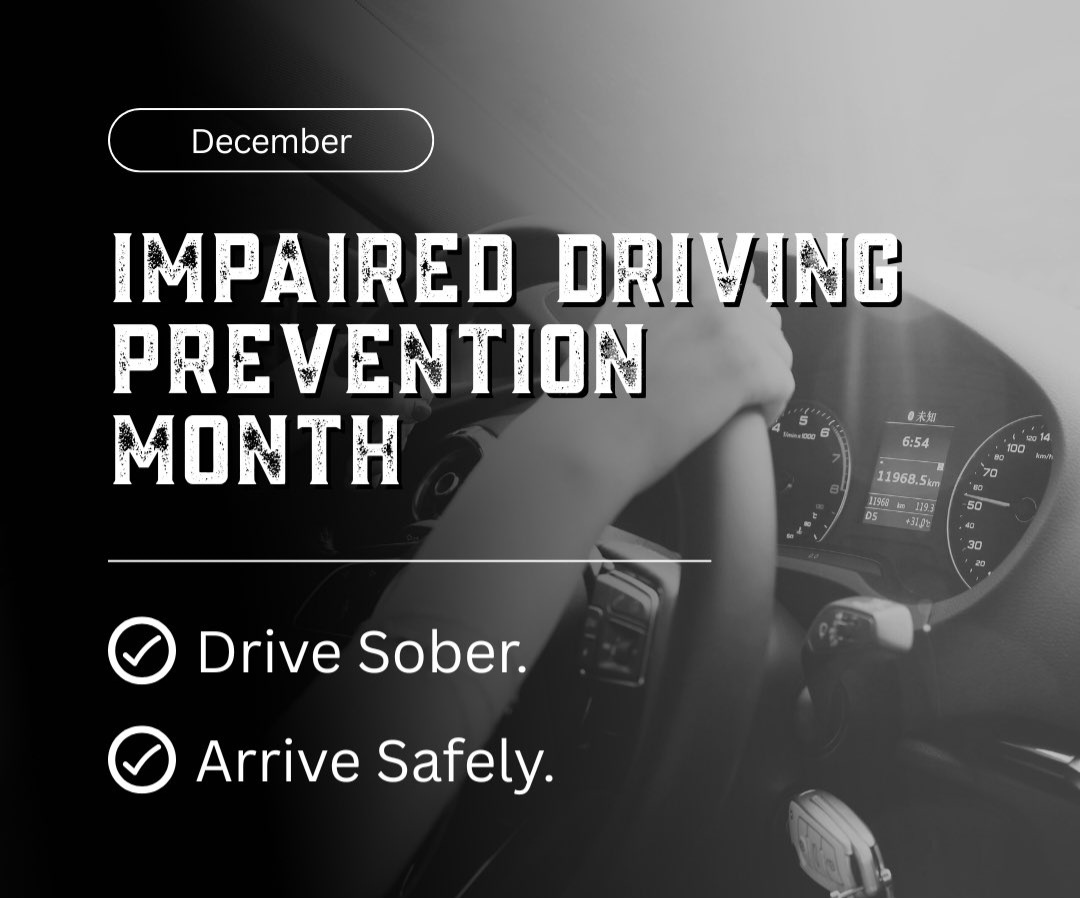Why is testing important?
Diagnosis of diabetes involves carrying out blood sugar tests to determine if the level of blood sugar fall in the value for diabetes.
Blood sugar tests are simple. They involve drawing out a drop of blood and using an appropriate equipment to measure the blood glucose level. The results are usually obtained quickly.
Testing and screening is important in diabetes since Prediabetes and type 2 diabetes do not show early signs hence may go unnoticed until the individual begins to develop complications which may be severe.
Therefore it is vital for people who have the risk factors are urged to undergo screening for diabetes .
Screening means testing individuals when they do not show any signs or symptoms for the disease.
When diabetes is diagnosed early, the individual can have an action plan to help in managing their condition hence enable them to prevent it delay serious health complications associated with diabetes.
When do you need to get tested?
You can get screened or tested for diabetes at any time. However, the following tips can help you know when you might need to be tested the most for the types of diabetes.
•Type 2 diabetes or prediabetes
Type 2 diabetes and prediabetes normally do not show early signs. Therefore, the advisory on getting screened is majorly dependent on the risk factors for diabetes which were covered earlier in our tips. Always ask your doctor about getting tested for prediabetes or type 2 diabetes if you have any of the risk factors.
Additionally, if you have been positive for prediabetes, it is important to do follow up tests to determine if your condition resolved or developed to diabetes.
Follow up tests also aid in confirming if the previous tests were accurate.
•Type 1 diabetes
When your doctor suspects type 1 diabetes, your blood may also be tested for autoantibodies. Type 1 diabetes is mainly caused by autoimmune disease whereby the body develops antibodies that attack the pancreatic beta cells and destroys them. This results into an absolute deficiency of insulin.
Type 1 diabetes normally shows early signs and symptoms of diabetes which were covered in our previous articles.
Additionallly, your urine may be tested for ketones. Ketones are produced when your body burns fat for energy which usually occurs in type 1 diabetes. Ketosis may also be noted by a fruity smell of breath.
•Gestational diabetes
Gestational diabetes usually occurs in the second trimester of pregnancy (specifically week 24 to week 28).
It is advisable to screen pregnant healthy mothers during this period.
Pregnant mothers with a history of gestational diabetes can be screened earlier before this period since they are at a higher risk of gestational diabetes.
However, if the expectant mother has high blood sugar levels early in their pregnancy, they are more likely to have type 1 or type 2 diabetes.
TYPES OF TESTS
There are various types of tests for diabetes which can be carried out for type 1 diabetes, type 2 diabetes, gestational diabetes and prediabetes.
The types of tests and the clinical values that indicate diabetes are outlined as follows:
•A1C test
The A1C test is used to measure the average blood sugar level over the past 2 or 3 months.
It measures the percentage of glycated hemoglobin levels in the blood.
It is normally abbreviated as HbA1C.
Glycated hemoglobin has a lifespan of about 3 months hence the test helps determine how well glucose levels have been controlled within the past 3 months to the time of testing.
The clinical values are as shown:
- Normal: below 5.7%
- Prediabetes: 5.7–6.4%
- Diabetes: 6.5% or above
•Fasting blood sugar test (FBS)
The test measures blood sugar after an overnight fast (not eating).
It is usually carried out in the morning before eating anything.
It is the most recommended test for diabetes.
The clinical values for FBS test is as shown:
- Normal: 99 mg/dL or below
- Prediabetes: 100–125 mg/dL
- Diabetes: 126 mg/dL or above
•Glucose tolerance test
The test measures blood sugar level before and after you drink a liquid that contains glucose.
It is commonly known as Oral Glucose Tolerance Test (OGTT).
It is used to test for Gestational diabetes, type 2 diabetes and prediabetes.
The individual is required to fast (not eat) overnight before the test is done in the morning. Thereafter, the individual drinks some liquid containing glucose and have their blood sugar level checked again. The checks can be conducted at 1 hour, 2 hours, or 3 hours after the drink.
Clinical values after 2 hours are as shown:
- Normal: 140 mg/dL or below
- Prediabetes: 140–199 mg/dL
- Diabetes: 200 mg/dL or above
The values may vary depending on the amount of glucose taken or the interval of the test.
•Random blood sugar test
The test measures the blood sugar level at any time (randomly).
It is a useful test in cases of emergency since blood glucose levels of 20mmol/L or 200mg/dL and above are indicative of diabetes or a coma.
The clinical values are as shown:
- Normal: n/a
- Prediabetes: n/a
- Diabetes: 200 mg/dL or above.
What should you do after Diagnosis?
If you get confirmed to have diabetes, always ensure you ask your health care provider to help you develop an elaborate treatment plan to help you manage your condition.
You can also check our upcoming health articles on management of Diabetes.
